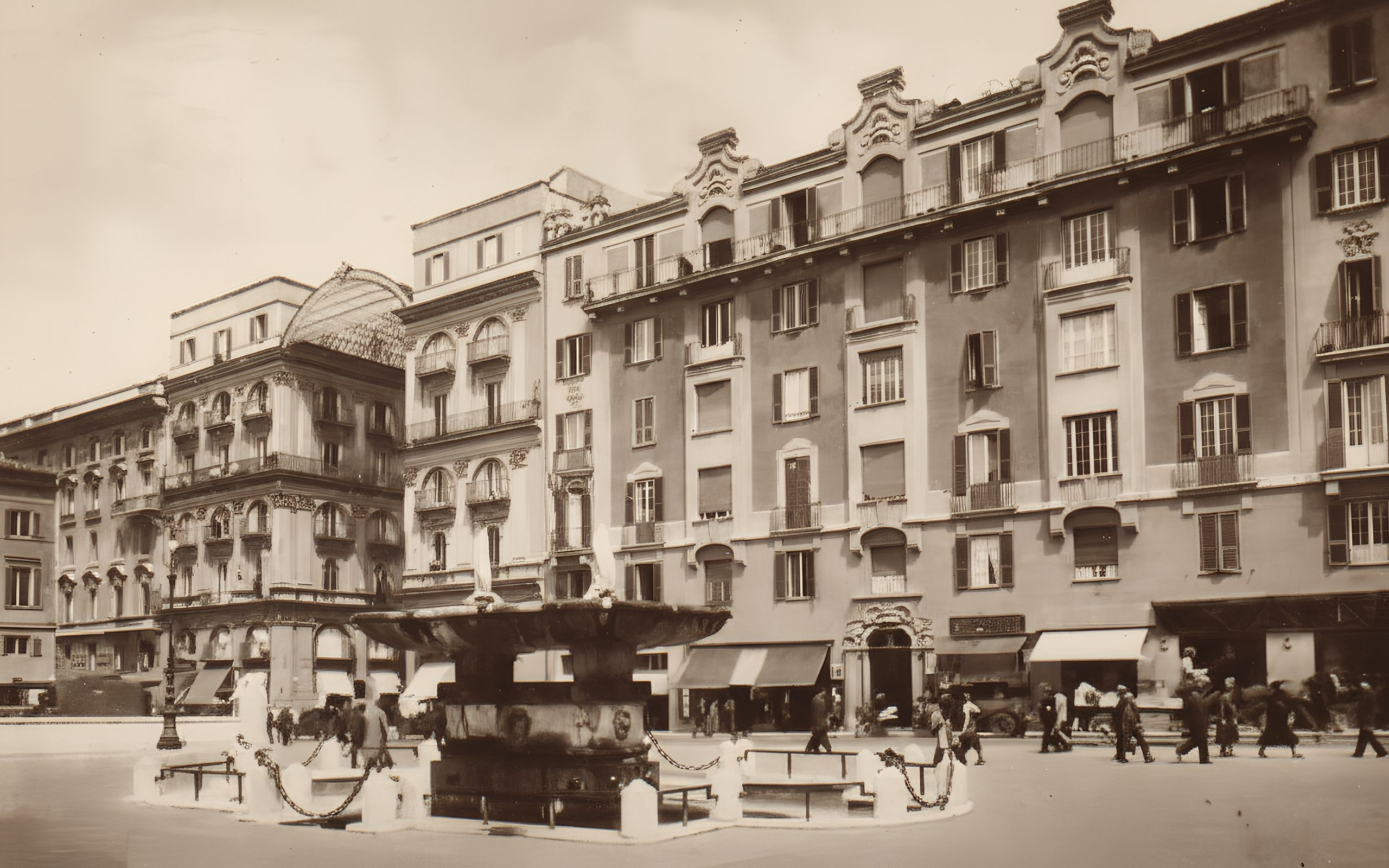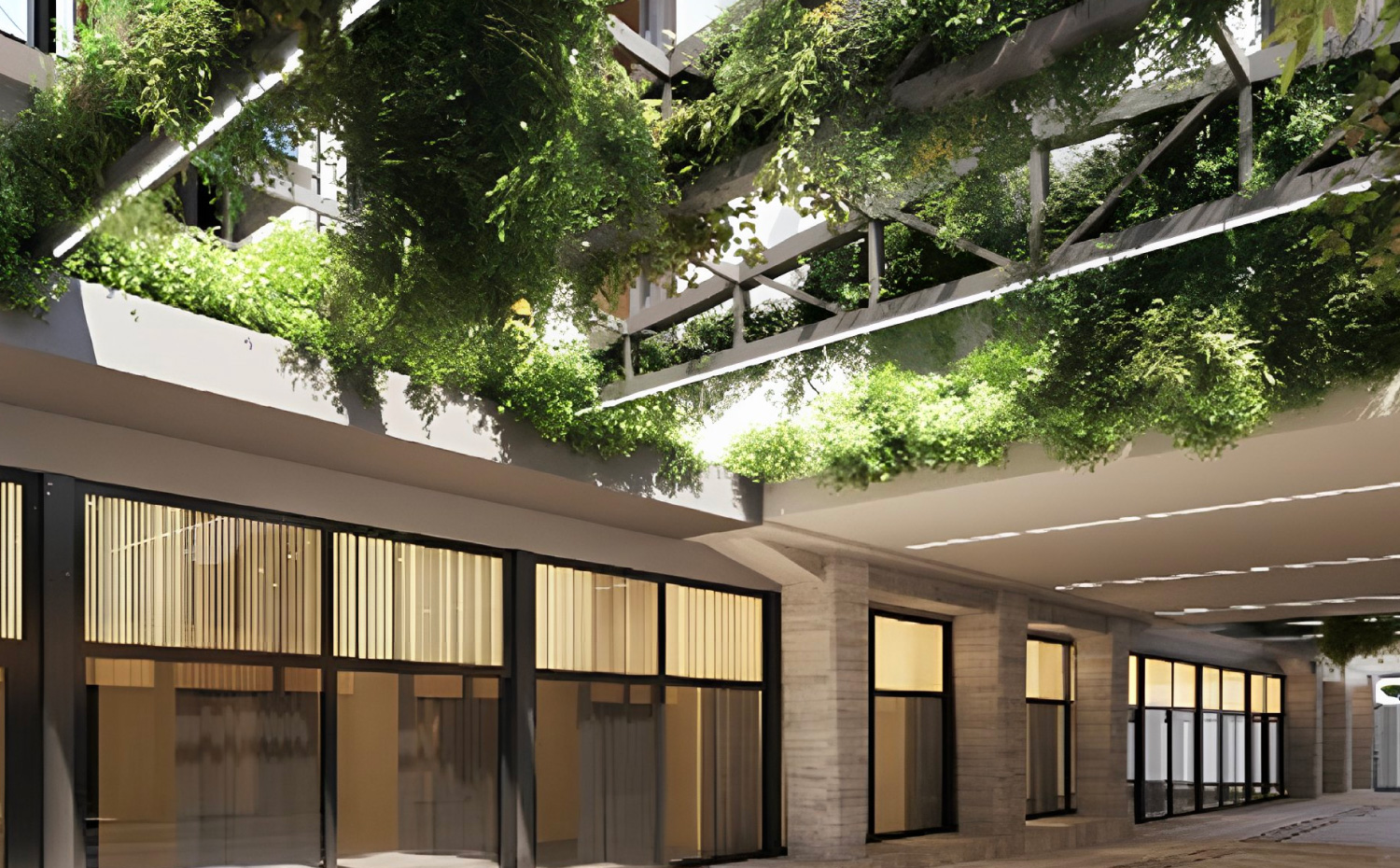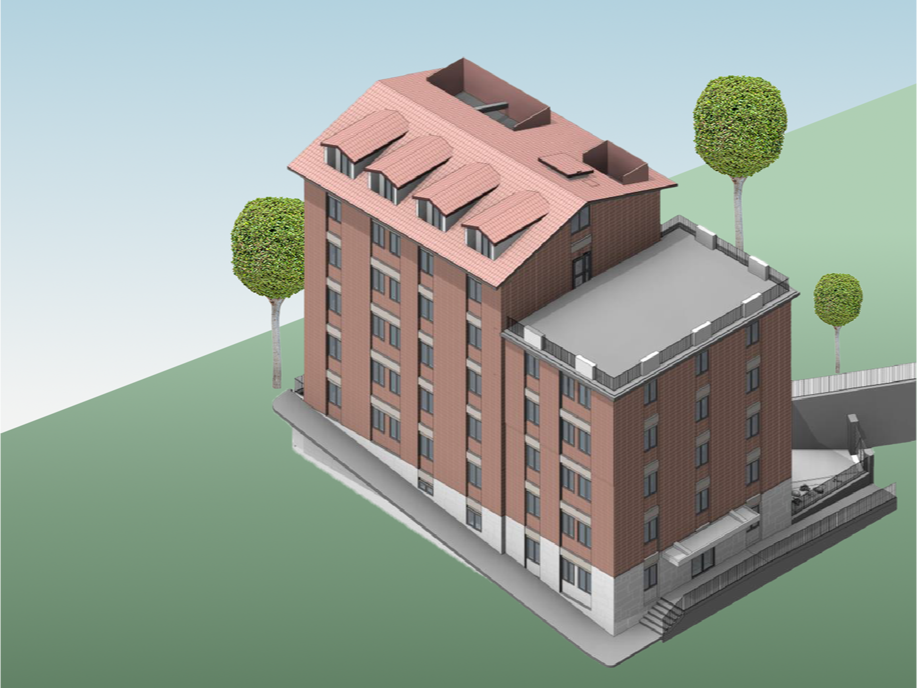The history of the Galleria Regina Margherita reflects the dynamics of transformation so noticeable in Rome’s architectural heritage: from a 19th-century Umbertine-style icon to a property subject to interventions seeking to enhance and redevelop it.
Built in 1885 in the Castro Pretorio district in Rome and following the example of the renowned arcades of Milan and Naples, it was designed by the architect Giulio Podesti and constructed by a company called Scafati & Ricciardi. The structure, with facades marked by Ionic, Corinthian, and Composite orders, housed shops, restaurants, and the Orfeo Theatre Café within, establishing itself as a place of social and cultural aggregation.
In 1959, following the new zoning plan, the original arcade was demolished and replaced with a commercial building. The current configuration dates back to the 1970s, following a demolition and reconstruction that redefined its functions.

The Galleria between past and transformation
Today the building is undergoing a redevelopment project with the aim of converting it from office and commercial use to tourism and hospitality, with the construction of a hotel and dedicated services. Particular attention has been given to the Respighi Hall, retained as a rehearsal space for the Rome Opera House, strengthening the connection of the complex with the city’s cultural dimension. The initiative, promoted by the Inarcassa RE Fund and managed by Fabrica Immobiliare SGR S.p.A., is part of a broader urban regeneration process.
Our involvement included the loading and editing of price analyses for all items of the estimated metric computations, along with Reverse Value Engineering RVE ® activities. Since this is an ongoing activity, no definitive cost estimate is currently available.
The Galleria Regina Margherita project represents a significant opportunity not only for the neighbourhood but for the entire urban fabric of Rome. The approach taken, based on market analyses, technical-economic evaluations, and a targeted strategy, enables us to tackle the intervention with a solid foundation and a clear path towards its realisation.
The transformation of the arcade confirms that urban regeneration does not only involve building recovery but can become a lever for cultural, economic, and social enhancement. In this context, the Reverse Value Engineering RVE ® method proves instrumental for balancing economic efficiency and project quality, contributing to restoring to the city a space that unites historical memory with new functions.



